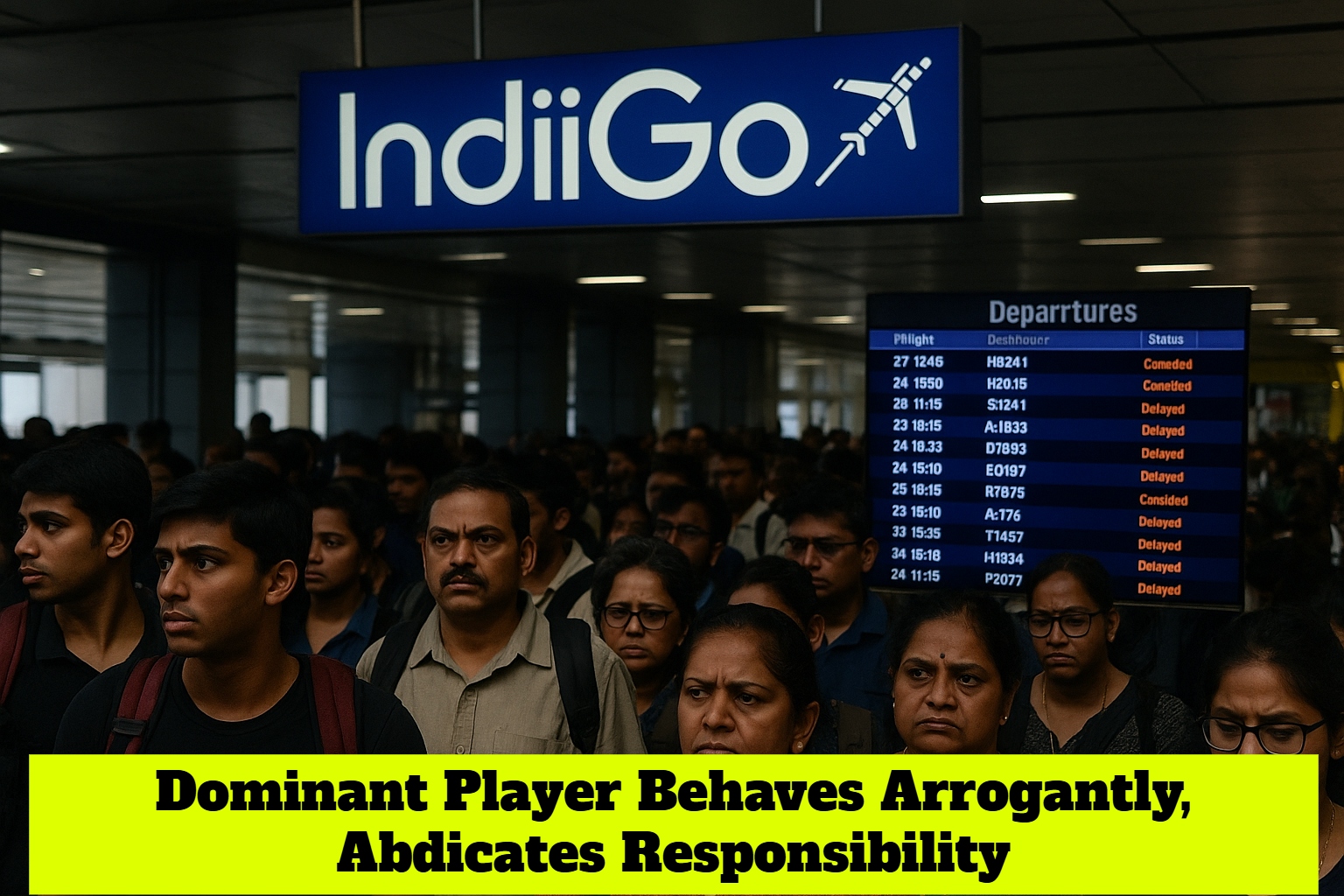

Can India Achieve 8% GDP Growth This Fiscal?
Indias GDP growth was 7.6 percent last fiscal. It was a year of problems, with below average rainfall and consequent low agricultural yield being the main culprit. It was also a year when the RBI kept battling with inflation and did not reduce lending rates to a level where industry could feel comfortable and fresh investments could come in. Yet, a very respectable GDP growth rate was achieved. But the latest figures show that the GDP grew by only 7.1 percent in the first quarter of 2016-17. This is due to a number of reasons, the main being poor performance of the agriculture sector. It grew by only 1.8% in this quarter against an expectation of 2.2%. Then, gross fixed capital formation (GFCF) contracted by 3.1% and might pull the economy back. But these factors are expected to recede in the background in the 3rd and 4th quarters of this year when a good crop and the effect of Seventh Pay Commission award, along with the payment of bonus arrears, start triggering demand. By Sunil Garodia
First publised on 2016-09-01 21:54:21
RBI governor Raghuram Rajan has been saying that India is growing below its potential. Now Arvind Panagariya, vice-chairman of the Niti Aayog has said that 8% growth is achievable this fiscal. Panagariya backs his contention by saying that while a good monsoon itself is a good mood lifter, the policies of the NDA government will start bearing fruits after the lag effect wears out. The World Bank has also said that India might achieve 8% by 2017 as it shifts from consumption to investment-led growth. There are other voices who have also claimed that India should achieve 8% and then aim for 10% in the following years.
A good crop means money in the hands of the rural and semi-urban population who are increasingly being seen as the drivers of demand for a host of goods. This has a cascading effect and money flows in the hands of manufacturers of goods who then create demand for other premium goods and services. The rising demand for goods and services induces existing entrepreneurs to bring in investments to expand capacity or new entrepreneurs to start fresh enterprises.
The external factors are also favouring India. Oil and commodity prices are at their historic lows and given the fact that economies are depressed worldwide, there is no chance of a drastic upward revision in these prices in the near term. While low oil prices have meant that the government has a reduced subsidy bill (it has intelligently not passed on the entire relief to the consumer), low commodity prices have benefited industry. The only red flag is on the export front but that too seems to have plateaued out and further drops are not foreseen.
But a host of internal factors also need to be addressed. For investment to pick up along with demand for goods the balance sheets of PSU banks need to be cleaned up and they need to recapitalized, without which it would be difficult for them to lend. With the RBI having put stringent norms in place, lending is expected to become transparent. It will now become data driven and not based on discretion of bankers. The financial health of the borrowing company and its links to other group entities will be put under a finer tooth comb and chances of NPAs will reduce. So recapitalization of PSU banks assumes great importance.
The government has been maintaining fiscal discipline and it needs to continue with that. It also needs to divest in public enterprises to generate funds. It should ideally not be swayed by some profits made this year by perennially loss-making firms like Air India and BSNL and think of getting out of them. Loss making firms are a drag on the governments finances and pull back GDP growth. It should step up investment in infrastructure projects to create demand for industries such as steel and cement, which will then drive the demand for downstream units. At the end of the day, the government is the biggest creator of demand in a developing country but this demand should not be at the cost of sacrificing fiscal discipline. Apart from using budgetary allocations, entities like the railways and roads ministries should be asked to fund their projects through joint ventures, PPPs and raising capital by issuing debt instruments. The public should be made to pay on cost or cost plus basis for services and subsidies should be avoided.
The other economic reforms, including the GST, land and labour should be expedited by involving the states. Since federalism is at the heart of Prime Minister Modis vision for inclusive growth, if the states are made equal partners, they will never prevent what is good for the country. The passage of the GST bill has proved that. If all this is done, one is sure that 8% will become just a number. The real growth will transcend that and will fuel further GDP growth in the coming years. Growing is also a habit like winning. Once imbibed, it is self-fueling.











